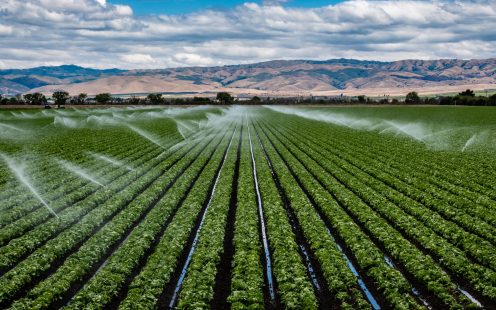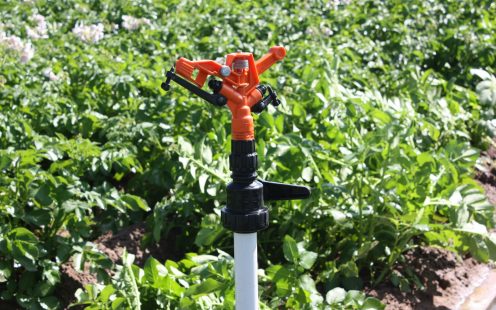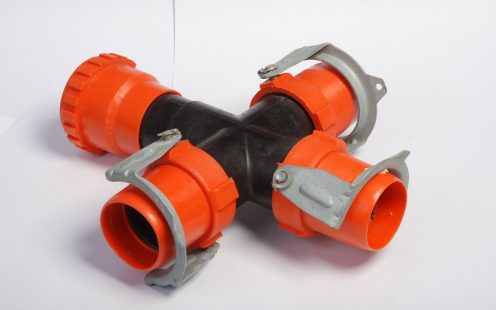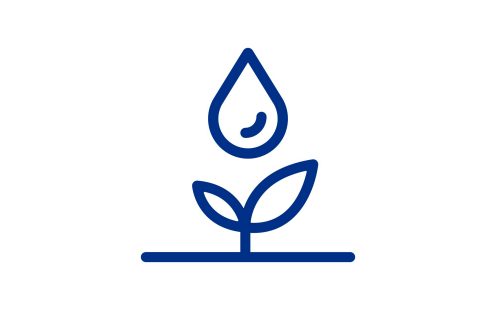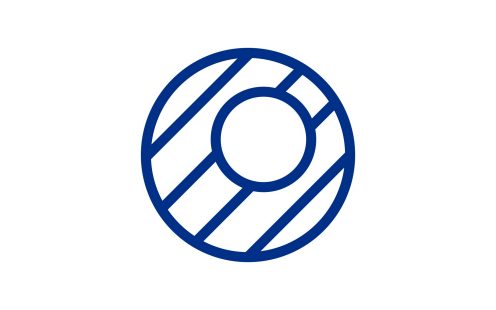Sprinkler Irrigation Pipes
Depending on the connection type.PIPELIFE produces two types of sprinkler irrigation systems. These pipes are manufactured from high-density special polyethylene in 5- and 6-meter lengths. Designed to prevent leakage even at low pressure, PIPELIFE polyethylene irrigation pipes ensure long-lasting, reliable performance under high pressure and in all types of terrain conditions — providing farmers with durable and efficient irrigation solutions for years of dependable use.
Benefits of Sprinkler Irrigation Systems
In recent years, the sprinkler irrigation method has rapidly developed in our country and offers several advantages over traditional irrigation methods:
Since there is no water loss in the system, it allows maximum use of available water — even in areas with limited water supply (as low as 3.5 L/s).
Enables irrigation on sloped or uneven terrain without causing erosion.
Water is applied to the soil in fine droplets, similar to rainfall, resulting in a 20–50% increase in crop yield and improved product quality compared to other irrigation methods.
Prevents soil crusting during seed germination, helping plants emerge more easily while reducing labor and operational costs.
Ideal for shallow or highly permeable soils.
Especially in coastal areas, it helps wash away salt particles, dust, and harmful pests carried by the wind.
Provides controlled water distribution, making it the most suitable irrigation method for areas with high groundwater levels or poor drainage.
Eliminates the need for field ditches, increasing the cultivable area and making agricultural operations easier.
Allows the application of soluble fertilizers through irrigation water without additional labor.
Protects vegetables, citrus, vineyards, and other orchards from frost and excessive heat.
PE Irrigation Systems
Polyethylene (PE) irrigation pipes are flexible pipes used as main, sub-main, and lateral lines in irrigation systems. Produced from black raw material with a well-dispersed UV stabilizer, these pipes offer enhanced resistance to sunlight, ensuring long-term durability and reliable performance in all agricultural, garden, and field applications. Because they can be manufactured in various diameters as needed, PE pipes allow long-distance installation with fewer fittings, ensuring faster and more efficient system setup. Thanks to their flexibility and strength, PE pipes have become the preferred choice in irrigation systems , both for transporting water to the irrigation area and for distributing it evenly within the field.
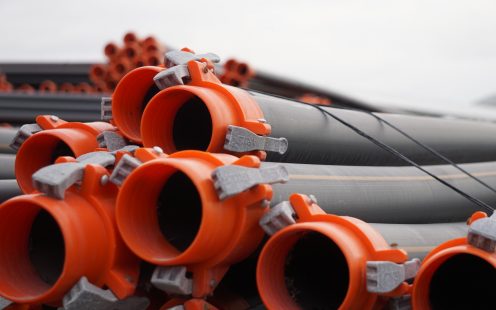
Installation of Pipelife Sprinkler Pipes
When installing polyethylene sprinkler pipes in the irrigation area, the following guidelines should be observed to ensure safe and efficient operation:
An expansion joint (ES) must always be installed after the motor pump outlet. If not used, vibrations from the motor pump will be transmitted directly to the suspended pipe system, potentially damaging pipe connections. In addition, the absence of an ES increases vibration in both the motor and pump system, which may harm the entire setup.
When laying clamped pipes, ensure that every third pipe is held from the end to eliminate clamp gaps and achieve proper alignment.
Before fitting gaskets used in pipe connections, clean the gasket grooves thoroughly from sand and soil. Place the gasket correctly in its seat before completing the connection.
When starting the system, begin with low water flow rates to fill the main and lateral pipes gradually. Keep the end plugs open for a short time to flush out any unwanted foreign particles from the system.
Attach a filter or strainer to the suction end of the pump to prevent debris from entering the pipes and clogging the sprinkler nozzles.
Install an extra pipe after the last abot connection to collect any remaining foreign matter inside the line.
At the end of the irrigation season, disassemble the system — remove the valves and sprinkler guns from the abot fittings, clean all components, perform necessary maintenance, and store them properly for future use.
Other Agricultural Systems and Related Products
get in touch
Choose your preferred way to reach us — our team will respond as soon as possible.
Let Us Call You
